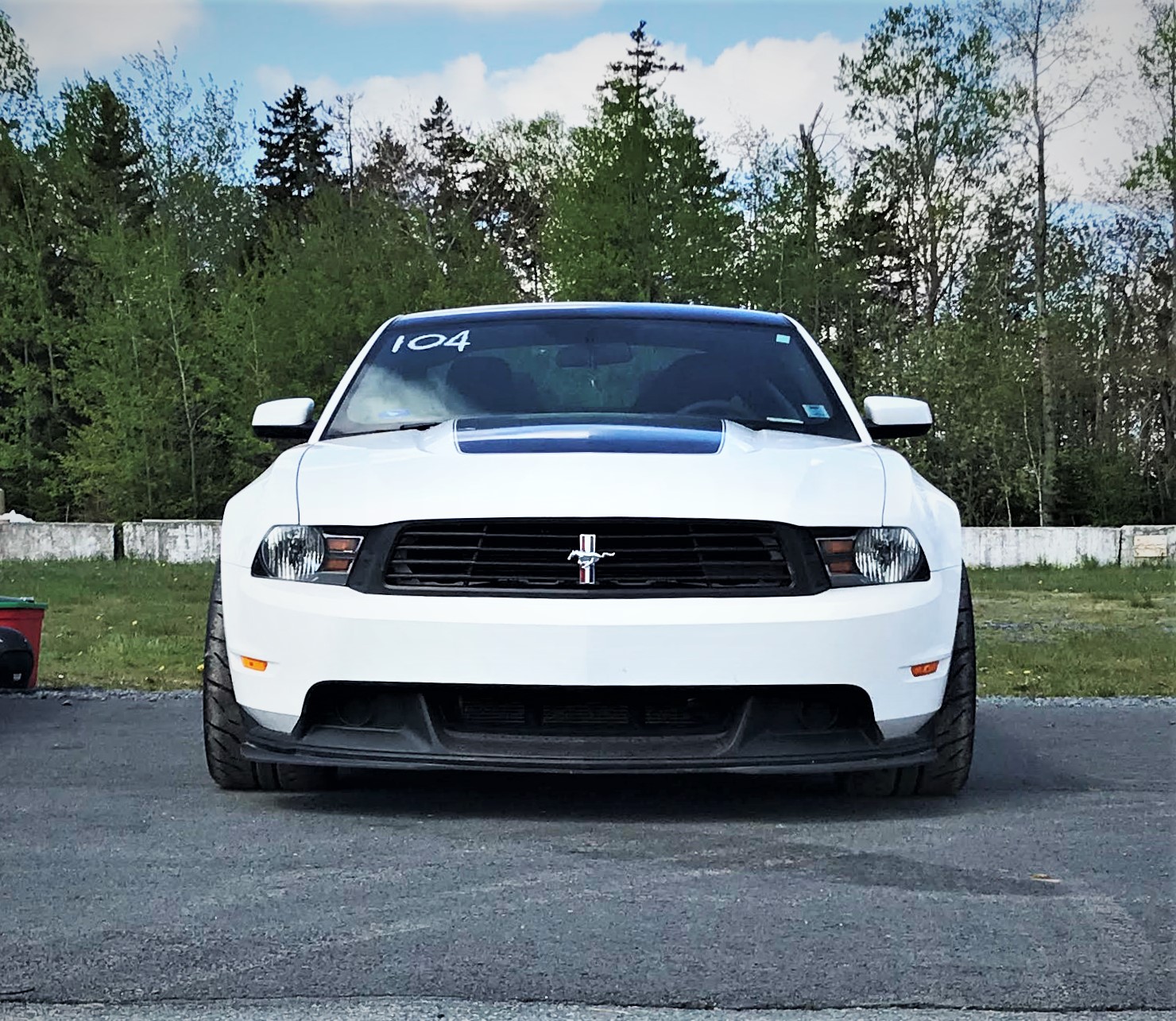Focus RS at the Nov 2017 BAC Rallycross - Kevin Doubleday © If you've read my last post - The Ram's Eye is going Rallycross - you already know that I'm starting rallycross this season for the first time. I started high performance driving 7 years ago in 2011 but have never strayed away from tarmac/asphalt. Living in Canada - which rightfully earns the name 'The Great White North' - means that I had to suffer serious speed withdrawals during the track off-season; that typically lasts from the middle of October to the middle of May. But there is a treatment for people with my condition and it has been available locally for nearly 20 years. I went to my first event this past Sunday and spoke to a few of the seasoned rallycross veterans. I was told that local speed freaks started organizing rallycross events for that very reason around 1999; to get their speed fix during the winter. It took off a few years later around the 2001-2002 winter season and nobody loo
Mitsubishi Evo X GSR at Atlantic Motorsport Park - Kevin Doubleday © If you live in Canada or the US, you'll find that plenty of people hold sacred the terms '4x4' and '4WD' to describe a 'true 4x4', where you have a butch transfer case with a low speed, perhaps a body on frame chassis, and ideally a solid axle or two. I'm not sure how that translates to the rest of the world. My extensive research into the motoring industry in Europe (which exclusively consists of watching Top Gear and The Grand Tour...) concluded that most people across the pond simply refer to any vehicle that is capable of sending any power to all four wheels as a 4WD vehicle, further muddying the waters. Where I grew up, 4x4 was more or less synonymous with 'Jeep' so that's not much help either. However, despite all various systems attempting to do the same sort of thing - distribute power between all four wheels instead of two - not all systems are created equal,










